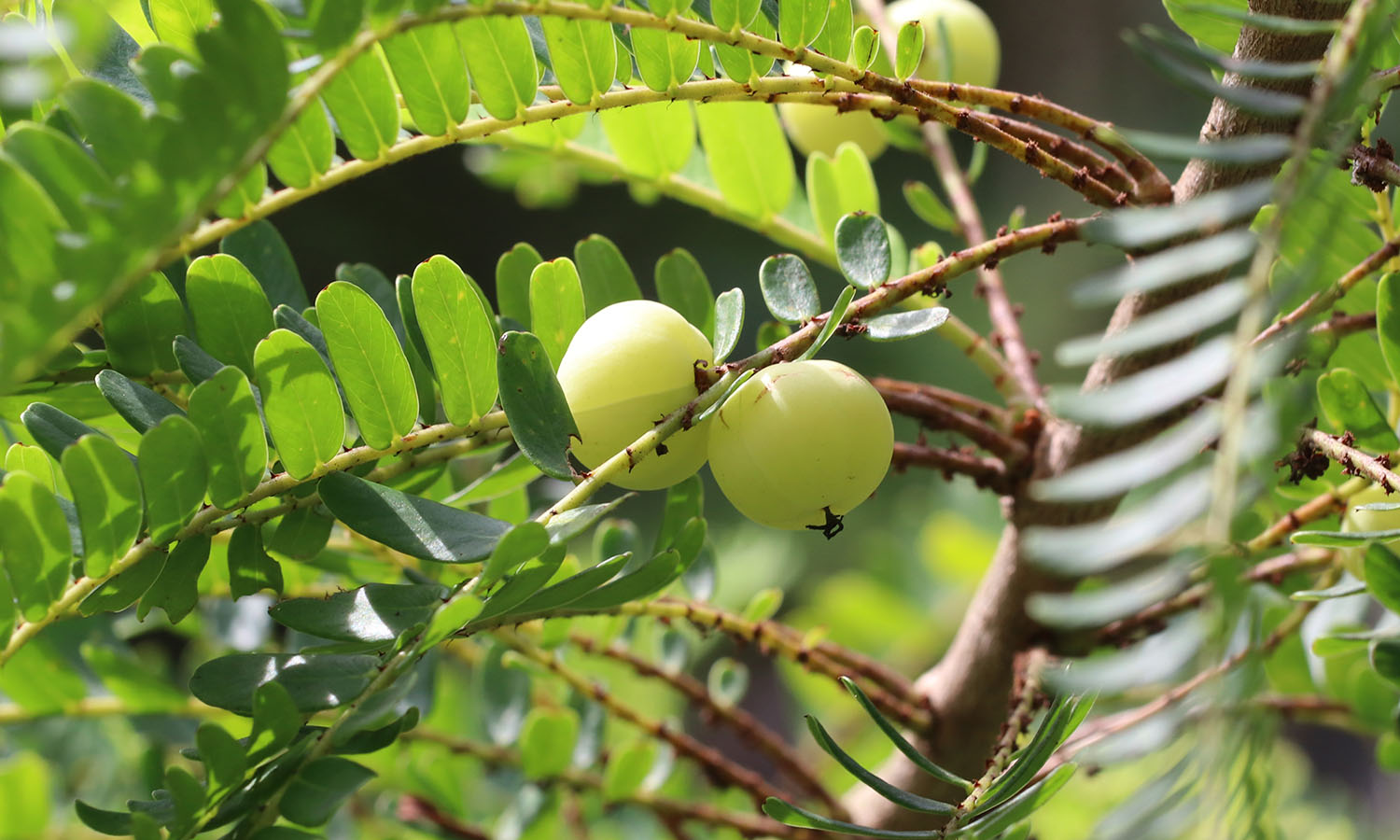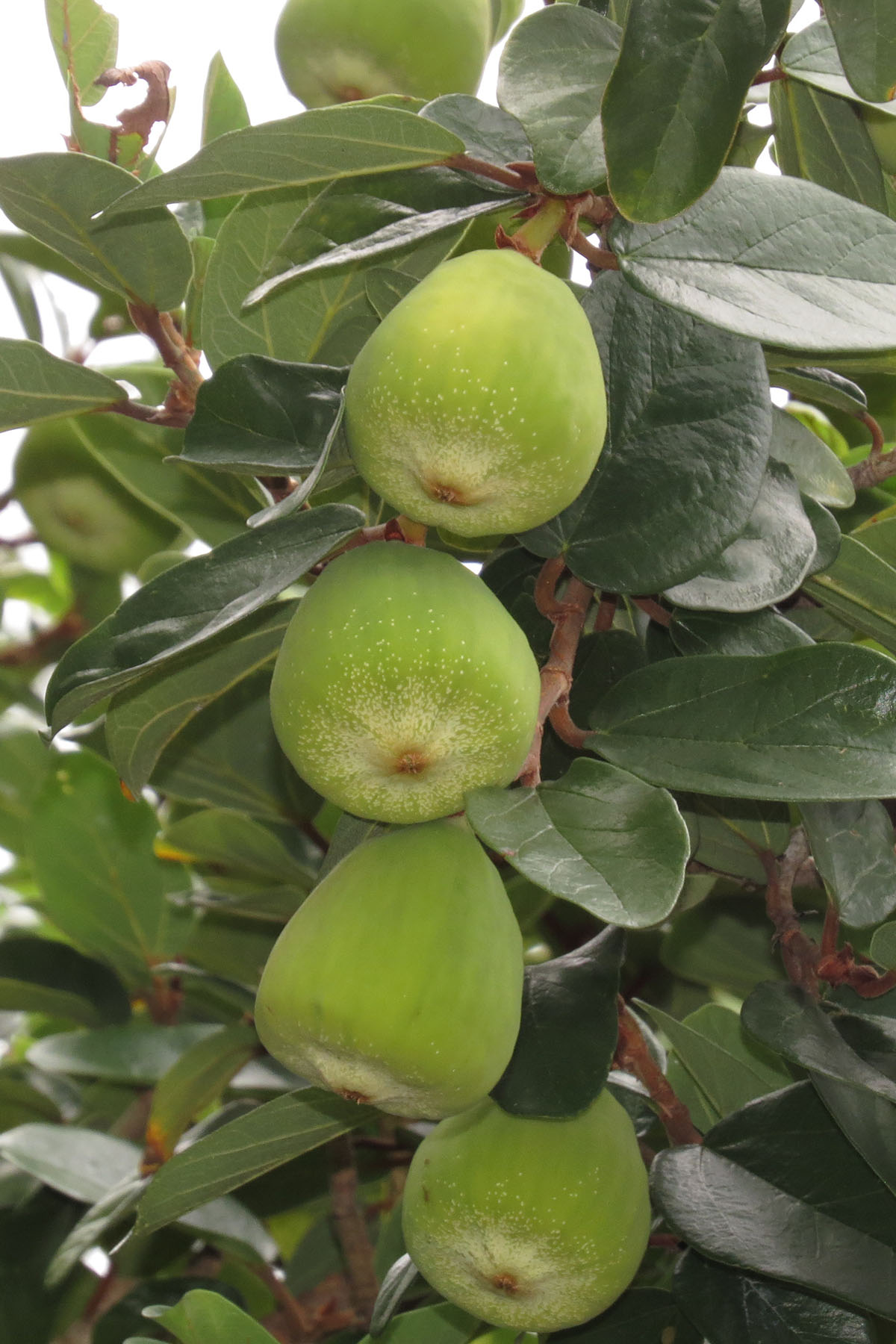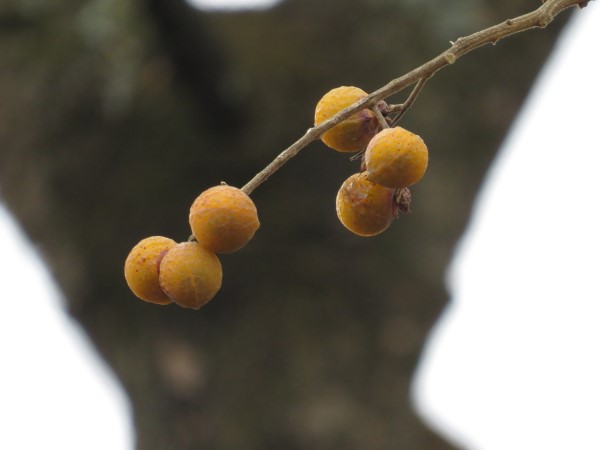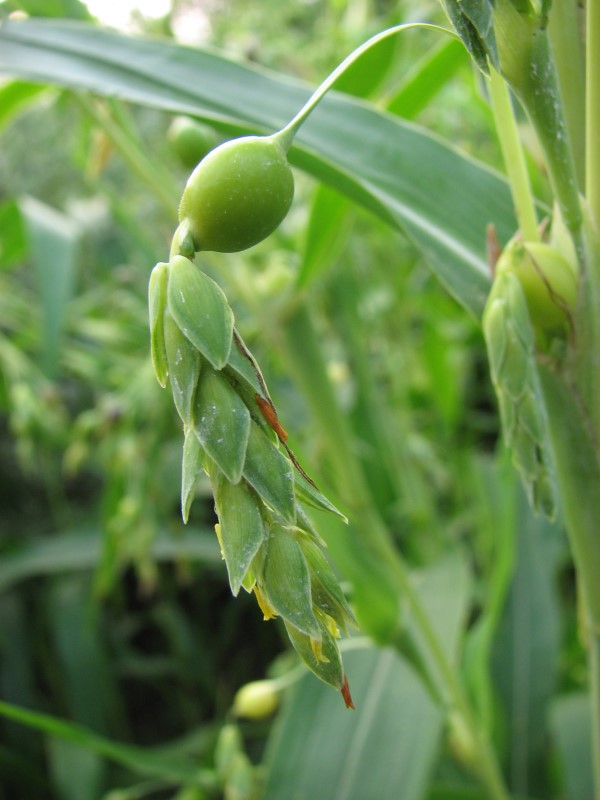Weird and wonderful local fruits of Hong Kong
To mark International Fruit Day on 1st July this year, we would like to introduce some of the lesser-known and weird but wonderful local fruits that are of historical importance in Hong Kong.
Situated at the south-eastern tip of East Asia, Hong Kong’s sub-tropical climate means that it provides suitable conditions for a wide variety of interesting fruits to thrive. In the 1960s, as Hong Kong’s economy began to roar, fishing and farming were still common practices and a vital part of local life. Delicious fruits such as lychee and longan were widely planted for consumption and as a source of income. Nowadays, the popularity of fruits such as these has extended far and wide to the corners of the world. However, other local fruits have not made it that far. Their names may be familiar only to a small proportion of households in the region, where they are planted in negligible quantities, but they are nevertheless still cherished – and used – by true locals.

The spherical, yellowish-green fruits of myrobalan (Phyllanthus emblica), a small tree in the spurge family (Euphorbiaceae), are about 1.5 cm in diameter and resemble gooseberries. They blush rose-red as they reach full maturity but are normally harvested whilst still green for their powerful sweet and sour flavour. They may be eaten fresh or salted in preserved form. The tree’s feathery leaves are a fairly common sight in country parks across Hong Kong. The flowering period is from April to July, and fruits are borne from July to September.

The large, bell-shaped fruits of the creeping fig (Ficus pumila) are eaten whole or used to make a traditional jelly. The pulp they contain harbours a natural coagulant that solidifies once exposed to the air. Once scraped from the skin, the contents are placed in the fridge for at least half an hour before serving. It has been a popular summertime refreshment for centuries and was once especially loved by children. It is a wild relative of the common fig.
Though listed as non-native in Hong Kong, Chinese white olive (Canarium album) can be found growing in the wild across southern China and the Indo-Burma region. For geographical and historical reasons, KFBG’s botanists are confident that it would once have grown in the primeval forests of Hong Kong, too. However, due to an absence of data, erroneous records and the unfounded assumptions that any fruit tree that can be found in fung shui woodlands must have been planted by villagers, it is presently omitted from the official list of native plant species. The fruits of Chinese white olive are astringent with a sweet aftertaste. In the context of traditional Chinese medicine, they are believed to help with dehydration and relieve throat problems. Research has revealed that they contain compounds that can improve circulation and provide anti-inflammatory benefits.

The fruits of soapberry (Sapindus saponaria) doesn’t satisfy our taste buds, but instead they possess the magic to clean! It is an attractive evergreen tree that can grow up to 15 m tall. Its fruits are rich in saponins, a class of chemicals that have a foamy quality when soaked in water. Its popularity is on the rise, given its potential to relieve the symptoms of dermatitis and treat hair loss, and it is now a much sought-after ingredient in shampoos and other cleaning products.

Before the days of smartphones and playstations, when children were sent outdoors to explore and use their imagination to make natural toys, the seeds of Job’s tears (Coix lacryma-jobi) were commonly collected to make glistening pearly white accessories, such as bracelets and necklaces. This is a tall, clump-forming grass that grows in moist, sunny places, such a stream banks.
These weird and wonderful native plants are found in many parts of Hong Kong. However, they are all protected by laws that prevent their collection in Country Parks. In the past, the lives of local residents were much more closely entwined with nature, and so all kinds of ingenious ways of involving plants in our culture were developed. Why not take a moment out from your busy, urban life to ponder nature’s diverse, colourful, seed-bearing structures and marvel at the traditional practices our ancestors’ created from them.

